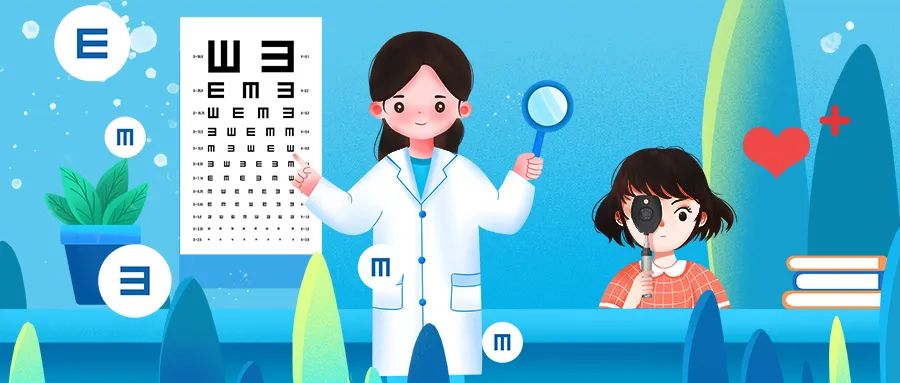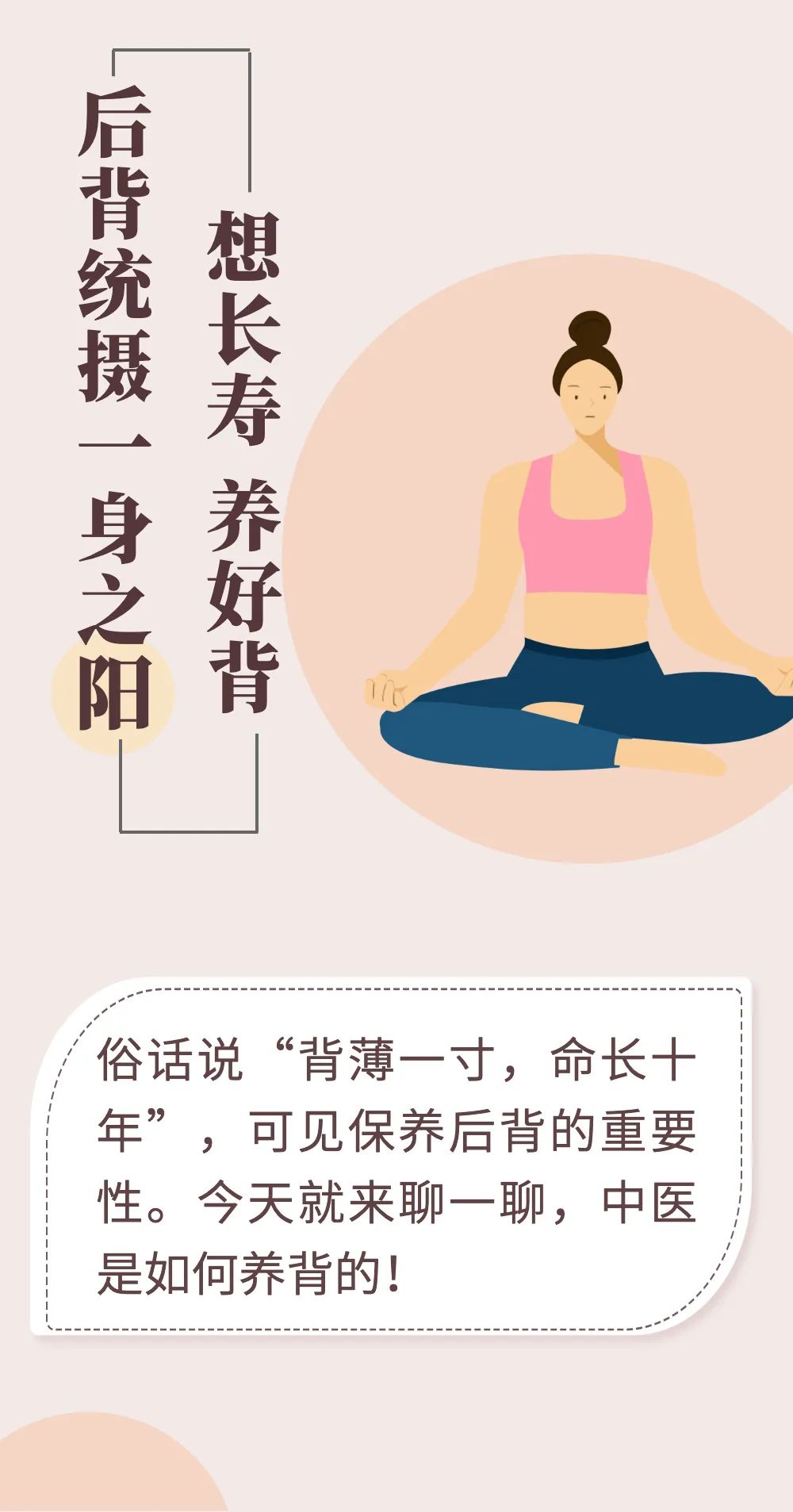@Teacher Student Parents, 8 "Knowledge Cards" detailed explanation of children and adolescents myopia prevention and control terms
Author:Educational education Time:2022.09.15
Recently, the Ministry of Education issued a notice to deploy the main information submission of the vision monitoring of primary and secondary school students in the autumn semester of 2022. Also released with the documents are the "Children's Adolescents Pagoda Prevention and Control Technology Guide (Update) Excerion". How to understand the reference reserves, refractives, equivalent lens ... Learn from Education Xiaowei to understand these myopia prevention and control terms--

vision
Also known as visual resolution, it is the minimum distance between the two objects that can be distinguished by the eyes.
The vision is gradually developing with the development of the refractive system and the retinal development. The age of 0 to 6 is the critical period of children's vision development. Newborn births only have light. The 1 -year -old vision can generally reach 4.3 (standard to digital vision table, below below, below At the same time), 2 years old can generally reach 4.6, 3 years old can generally reach 4.7 or more, 4 years old can generally reach 4.8 or more, and 5 years old and above can generally reach 4.9 or more.
Processing process
Children's eyeballs and vision are gradually developing. The eyeballs of newborn are small, the axis of the eye is short, and the eyes are in a state of hyperopia.
Children's adolescence is the fastest stage of eye refractive changes. The law of development is that as the child grows and develops, the eyeball gradually grows, the eye axis becomes longer. Process.
The ideal situation is that after the age of 12, it is developed from the end of the eyes to face the eyes.
Reserve reserves
Most of the hyperopia before viewing is physiological hyperopia. It is a "remote reserve", which can be understood as a "buffer zone" that develops into myopia.
Insufficient reserve reserves refer to the normal vision of the naked eye. Although the refractive state after the spathered optometry did not meet the myopic standard, the degree of ectopic degree was lower than the corresponding age range.
For example, children aged 4 to 5 are 150 to 200 degrees hyperopia, and there will be 150 to 200 degrees of hyperopia reserves. If children's physiological refractives are only 50 degrees of end of the vision, it means that its hyperopia reserves are consumed too much. It may appear earlier.
Naked eye vision
Also known as unable to correct the vision, it refers to the vision measured without any optical lens correction, including naked eyes and naked eye -myopia.
Alphabetic
The unit of refractive phenomenon (refractive power) is expressed by D.
Parallel light gathered at 1m focal length through the refractive system of the eye, and the refractive force of the eye was 1 refractive or 1.00 d.
Usually the degree of glasses reflects the refractiveness. The value of the refractive D is multiplied by 100 is the degree. For example, the 200 -degree myopia mirror flexion is ﹣2.00 d, and the refractiveness of the remote mirror of 150 degrees is ﹢1.50 D.
Shortsighted
A type of refractive incorrect refers to the pathological state of the parallel light when the human eye regulates the relaxation state, and the parallel light focuses on the pathological state before the eyeballs.
Screening myopia
Applying remote vision examination, non -ciliary muscle paralysis state, such as computer optometry or string mirror examination, etc., and other fast and simple methods to screen for children and adolescents may be screened out.
When children and adolescents over the age of 6 are <5.0, the computer optometry is used by non -ciliary muscle paralysis, and an equivalent spherical mirror (SE) ≤﹣0.50 d is determined as screening myopia.
Equivalent
Equivalent spherical mirror (SE) = ball mirror +1/2 pillar mirror.
For example, if a student's ball mirror degree is ﹢0.50 d, and the number of mirroring is ﹣3.00 d, the student's SE =+0.50+1/2 (﹣3.00) = ﹣ 1.00 d, that is, the equivalent to the myopia of ﹣1.00D.

How to use the vision gauge? How to count the vision? Continue to understand with education Xiaowei


Standard pair visual schedule
(GB11533—2011) Excerpt
1 How to use the vision gauge
1.1 vision measurement
1.1.2 General vision measurement
According to the general use method of the vision gauge, the minimum visual label that can be identified by the eye detection (the correct number of viewing the logo should exceed half of the total number of vision of the line), and write down the vision record value of the vision of the bank, which is the value of the line. The vision of the eye.
1.1.3 Low View Power Measurement
When the vision is less than 4.0 (0.1), the following method can be determined:
a) The person who was inspected directly to 1m before the end of the vision table, the measured 5 points of records needed to minus the correction value 0.7 (that is, 1M in Table 1 to check the corresponding correction value E). 3.3-4.6 (0.02-0.4) vision;
b) When the inspector approach the distance to the left side of Table 1, the test distance is listed on the left side of Table 1, and the measured 5 -point record value plus the corresponding correction of the corresponding correction is its actual vision;

2 Vision statistics
2.1 Based on statistical treatment such as 5 -point records and statistical treatment such as comparison of vision level and average vision, standard deviation, standard error, and significant inspection.
2.2 All decimal records, score records and perspectives, the size of the benchmark, and the design distance cannot be directly used to compare and statistics by the 2.1 method. The decimal records can be used by Table 2 to convert statistics.
Table 2 decimal records to divide 5 points record

Note: If the inspector needs to be recognized at 80cm before the vision table, the 4.0 line of view is recognized, and the visual record is 3.2; the 60cm is recorded as 3.1; the 50cm is recorded as 3.0.
Source | Text.
- END -
[Health and Health] "Nourishing the back is to raise the whole body"!Seven are the most afraid of the back, don't do it again

Content sorting out WeChat from Life Times, China Traditional Chinese Medicine Dai...
Let's do it!These can query online

Professional annuity electronic bill query printing process01The insured unit comp...